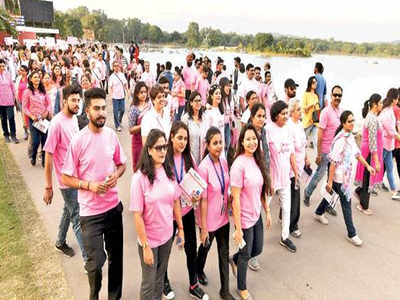Bengaluru|HL For a patient awaiting a transplant, every second is crucial. Leading scientists have put their heads together for a project that will ensure speedy transportation of hearts and other vital organs. If all goes according to plan, Bengaluru will give India unmanned aerial vehicles (UAVs) – popularly called drones – to ferry organs.
“The main focus will be on transporting hearts as other organs can be preserved for longer after harvesting,” said Kota Harinarayan, the father of India’s indigenous fighter Light Combat Aircraft (LCA).
The project will enable hospitals to cut down on the transportation time by more than 50% and save more lives.
While a kidney can be stored for 24 hours, a liver can be kept for 12-15 hours and a heart can be preserved for less than 10 hours. Currently, organs are largely transported via road – a green corridor is created for the smooth transit of ambulances.
Kota, along with another senior scientist K Ramachandra from the National Design and Research Forum (NDRF), who is spearheading the Rs 100-crore National Programme for Micro Air Vehicles (NP-Micav) and a few others in the US, is in the process of finalising details.
“Once the specifications from doctors and engineers are finalised – the first leg of the process is expected to be complete this week – we will take the project to the government for funding and clearance,” Kota said.
While Kota is a veteran aerospace scientist, Ramachandra and his team have experience in unmanned vehicle development and various technologies related to it.
“We have expertise in aerospace and UAV technologies. We’ve been in talks with multiple doctors in the country and some in the US to decide what kind of facilities are needed in the vehicle to keep the organ safe during transit,” Kota said. The team is looking at two possibilities – to build UAVs which have the technology to preserve the organ, especially the heart, or those which will carry the organ in a special box, as is done now.
Ramachandra said: “We have demonstrated several technologies as part of the NP-Micav programme that was funded by the Centre. For this project, we are looking at a vehicle of the regular UAV size and not the micro size.” The vehicle, initial designs of which have been conceived, will be able to carry 250 grams of weight.
Inputs:TNN














